Geography School Trip To The Azores
The Azores, an archipelago of nine islands, lies on the Mid-Atlantic Ridge near the junction of the North American, Eurasian and African tectonic plates. São Miguel, the largest and most developed of the islands, is a great place to study geography with your students.
Highlights
Bubbling hot springs and fumaroles of Furnas
The waterfall and sub-tropical vegetation of Caldeira Velha
Walking inside a lava tube
Spectacular volcanic scenery at Sete Cidades
King's College SchoolThe trip was brilliant from beginning to end and I would highly recommend it to any school considering a unique and untouched destination.
Suggested itinerary
What's included*
Recommended excursions
Descend into the Caldera and visit the Lake and Interpretation Centre. The interpretation Centre explains the work completed over recent years to clean the lake and re-establish and sustain the ecosystem of this special natural environment. Close to the lake see the hot springs and fumaroles, the visible signs of volcanic activity in this area. See the cooking holes used by local restaurants and residents to cook the island’s speciality Cozido stew using geothermal heat.
At Furnas village consider how people choose to live in inside a dormant volcano. See the bubbling hot springs and fumaroles in the town centre. Take on the optional study of microbes in the hot springs and visit the small microbiology museum (paid locally). At the Terra Nostra Botanical Gardens admire the beautiful plants and trees that grow in this micro-climate and fertile volcanic soil, irrigated by iron bearing hot springs.
The Gorreana tea factory and plantation has been in operation since 1883 and was the first tea plantation in Europe producing almost 40 tonnes of tea per year. Learn how the tea plant has adapted to the conditions on the island and gain an understanding of the tea-making process at the factory. There is an opportunity to taste the different types of tea produced here.
Take a view of this Caldera Lake from the view point, 900 metres above sea-level. The area is now a nature reserve in the volcanic complex called Fogo. The last eruption here was in 1553.
This geothermally heated iron bearing waterfall of on the north slope of the Fogo volcano has created an area of lush rainforest. Small thermal wading pools enable visitors to take an optional dip in the warm waters. Visit the Interpretation Centre which explains the local volcanism, geology, flora and fauna.
Ribeira Grande is a historic town located on a volcanic plateau on the the north shore of São Miguel island. See the town’s unique architecture and 17th century baroque churches and buildings, including one of the oldest churches in the Azores. Visit the town square, the Town Hall and an eight arched bridge from the 18th century.
This beautiful volcanic landscape with its green and blue Caldera lakes is considered one the seven Natural Wonders of Portugal. Take a guided 1 hour and a half moderate walk around the rim of the crater starting at the highest point of the Caldera. From this view point you will see the lakes on one side and the western coast of the island on the other, while five small volcanoes complete the landscape.
Ponta Delgada is the vibrant capital city of São Miguel Island which has developed around a natural bay. The city is also a tourist centre with sea-front hotels and leisure activities. The old town has historic Portuguese architecture with buildings constructed from volcanic stone including the 16th century church of San Sebastien. The 18th century city gates in the historical centre have become the symbol of the city.
Located north-west of Ponta Delgada this is the longest lava tube on São Miguel, extending 2,500 metres in three sections, two of which can be visited. The tube was created when the surface and lateral areas of a basaltic lava flow were cooled creating a crust. The hot lava continued to flow underneath the surface, eventually reducing, lowering and stopping creating a cavity. This special geological volcanic feature contains lava stalactites, stalagmites and flow marks.
Students can see whales, dolphins and other cetaceans. The location of the island in the middle of the Atlantic Ocean means the surrounding sea is rich with 24 cetacean species. The Azores is considered one of the best locations in the world for whale watching. Historically the islanders hunted whales until 1987 and the activity was important to the islands’ economy.
The Azores is the first archipelago in the world certified as a sustainable destination. The presentation takes place in an establishment specialising in sustainable tourism and will cover principles and practises of sustainable tourism and Urban permaculture (agroecology and the importance of reconnecting to food production & supply). Broader topics include sustainability in the Azores and the world, Biodiversity, Renewable energies, Circular economy and the Islands Sustainable Development Goals. The Presentation will be followed by a Q & A session.

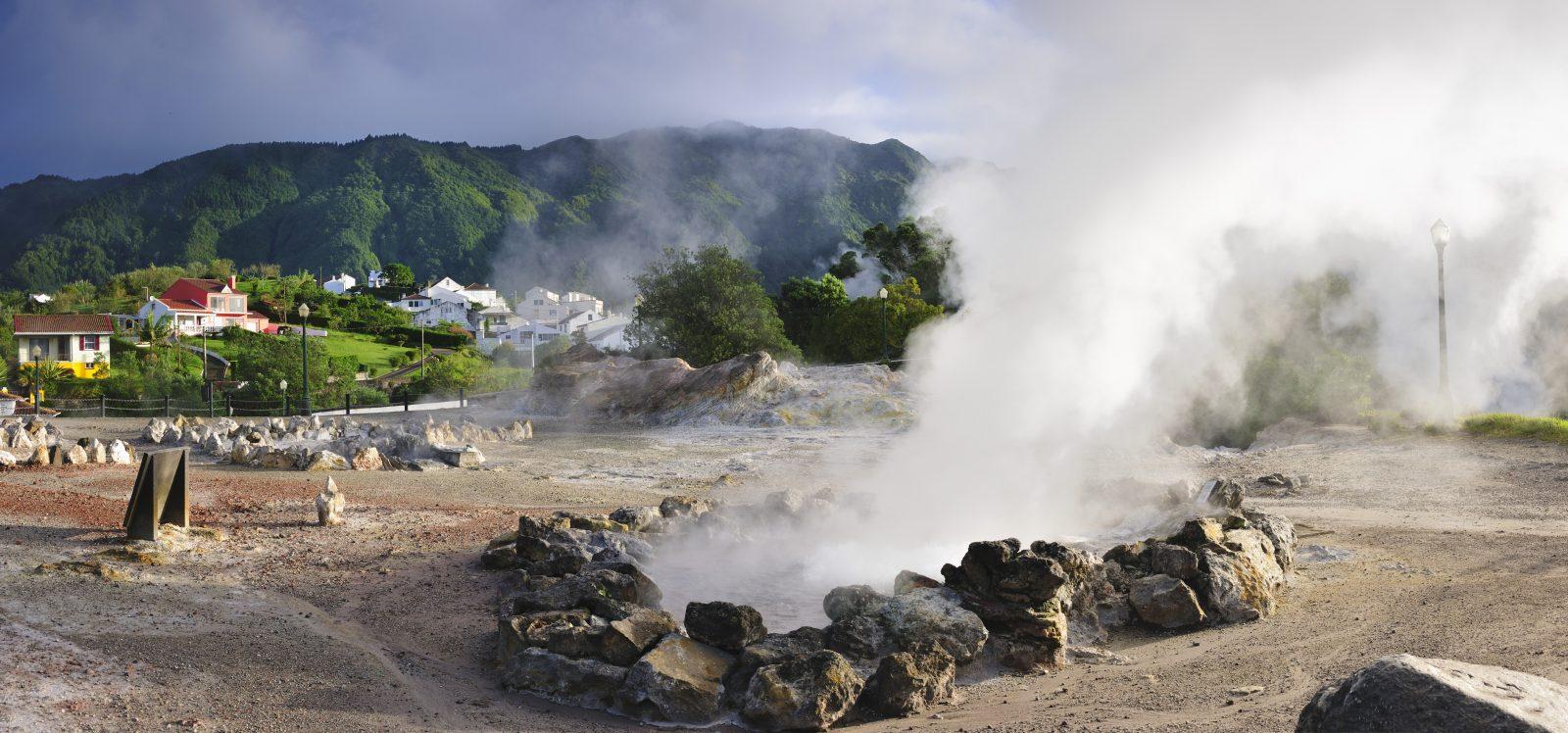

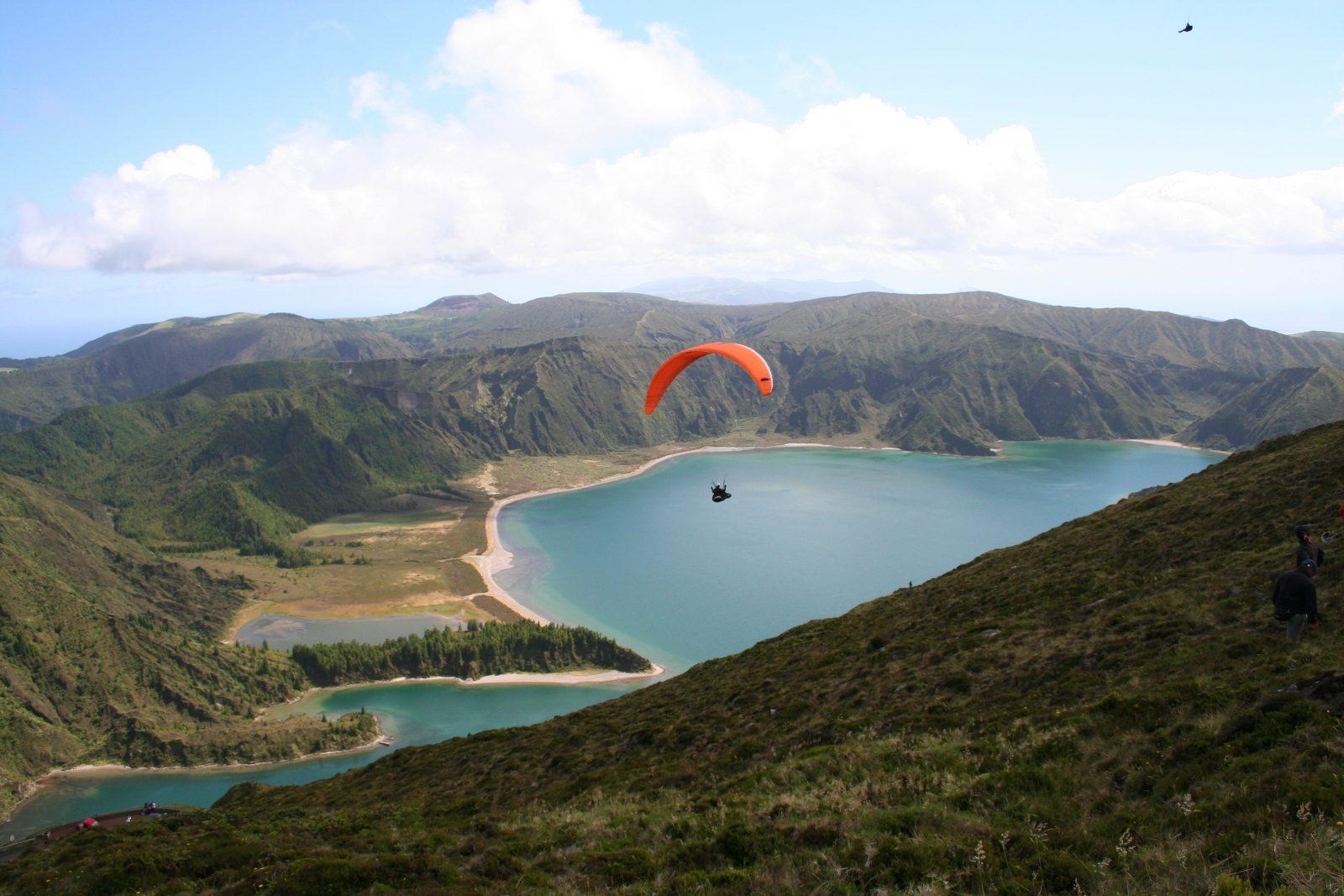
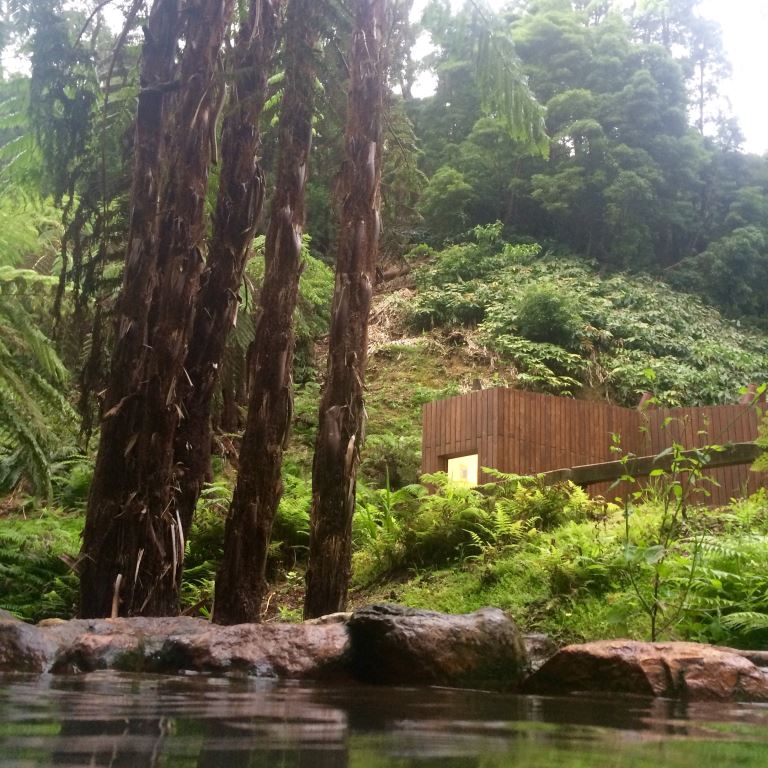

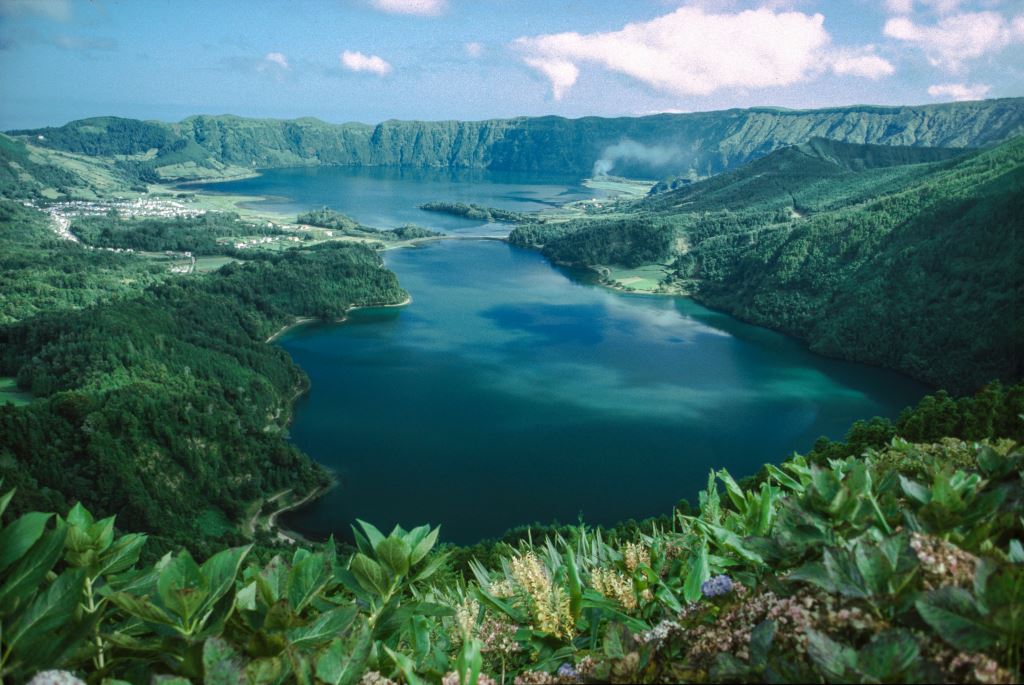



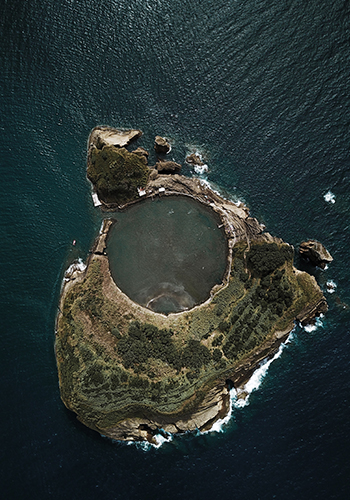
Typical accommodation
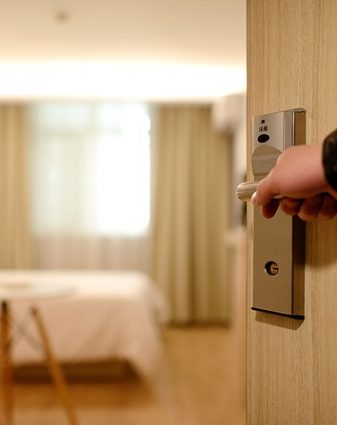
Why groups like it:
Facilities:
Learning outcomes
Subject focus
Students can:
- develop a deeper understanding of human and physical geography, sustainability and the effects of tourism
- explore the effects of plate tectonics
- experience São Miguel’s geothermal activity
- identify the impact of sustainability issues on local tourism
- consider the implications of living in a remote location
Student outcomes
Students will have had an opportunity to:
- learn about sustainable tourism and the preservation of the natural landscape
- understand the need for sustainable energy in this remote location
- consider the management of tectonic hazards
- see the examples of nature’s wonders and other outstanding geological features
- learn about agricultural and economic sustainability and population migration
- carry out field research in a spectacular setting



